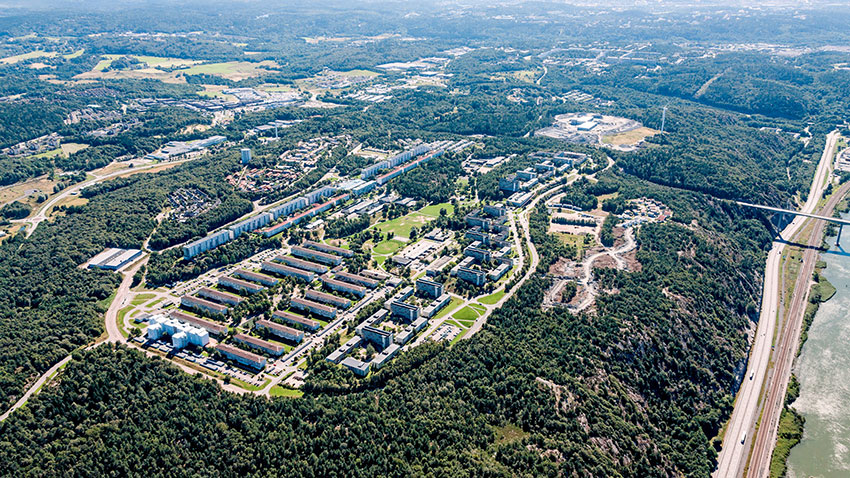The three-year Urban Rural Gothenburg, or Stadslandet, project, for sustainable development in south-west Sweden has helped ensure greater green innovation and green business development between the City of Gothenburg and the surrounding countryside. This was accomplished by using the so-called penta-helix model, which entails cooperation between municipalities, the business sector, local residents, civil society organisations, and academia.
- 11 June 2020
Many innovative solutions and new business ideas can emerge when urban and rural communities work together.
The City of Gothenburg owns agricultural land where more food could be produced. At the same time, demand for locally produced food is growing. The city saw the potential in creating new jobs in the green sector that could also lead to social inclusion and low-carbon innovation.
The project was implemented through a community-led local development mechanism to find and promote new climate-smart and sustainable low-carbon business approaches and innovations to make Gothenburg and its peri-urban areas more carbon efficient.
Local economic development
The focus in the project's five innovative test beds and four local hubs in north-eastern Gothenburg is primarily on small and medium-sized enterprises in the food, logistics, tourism, and ecological business sectors.
The targeted businesses are mainly involved in the food value chain, in a ‘from farm to table’ environment. They include not only food producers, conveyors, and logistics operators, but also distributors, marketing, IT specialists, shops and local markets, restaurants, hotels, and other tourism-related businesses, and recycling enterprises.
Physical meeting places for networking and workshops have been established and experiences have been shared between these hubs. Development processes in the hubs have been integrated into strategic development documents, such as local economic analysis and geographical local development plans.
An applied food strategy for Gothenburg
The test bed, ‘An applied food strategy for Gothenburg’, has resulted in an investigation and a proposal for continued work; contained in a report called ‘Sustainable food in Gothenburg’. A study on the development of local carbon-efficient logistics systems for cities and rural areas near cities has also been generated.
Another focus has been to stimulate tourism and visitors to the urban rural areas through business development, networking, and collaborative events.
New collaboration and business models for locally produced food to reach the market have been developed. Tests to increase the proportion of locally produced food used in school kitchens have been carried out. A feasibility study on the use of multifunctional greenhouses in this development is now the basis of a next-step project to encourage city dwellers to buy more locally produced food.
A research forum was established with participating academics, which resulted in a book titled ‘Anatomy of a 21st century sustainability project – the untold stories’. With contributions by 73 authors, it contains lessons learned in each hub.
Those involved in the project's hubs and test beds have been encouraged to share their experiences with academics at regional, national, and international conferences. Researchers have been invited to apply these experiences in other hubs and test beds.
Workshops were held to find new ways of promoting knowledge-sharing between all participants and academics.
Total investment and EU funding
Total investment for the project “Urban Rural Gothenburg” is EUR 3 416 911 (SEK 31 777 269), with the EU’s European Regional Development Fund contributing EUR 1 366 764 (SEK 12 710 904) through the “West Sweden” Operational Programme for the 2014-2020 programming period. The investment falls under the priority “Innovation for a low carbon economy”.

